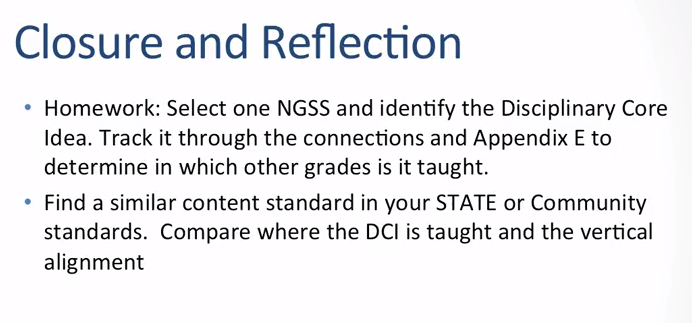Core Ideas in Science: More Important the Content?
I'm in week 2 of comparing Next Generation Science Standards to my own standards in the science classroom. As I compare our school's science curriculum charted in Atlas rubicon to the link above, I'm stoked to see how the scope and sequence is broken down in appendix "E" for disciplinary core idea concepts or DCI.
Many teachers lament that content is something to slog through and regurgitate, and traditional assessments of summative multiple choice tests help perpetuate this stereotype. Don't get me wrong, I think that standardization is a huge time saver, but I think it's more useful as a formative piece rather a summative one which can be differentiated in so many ways. Still, content has its place and without content understanding one cannot apply what they've learned.
The NGSS Disciplinary Core Idea that I've chosen to compare with my schools is this:
ESS2.B -Plate tectonics and large-scale system interactions
There are 12 strands in the earth science progression within NGSS and I've chosen this standard along with the horizontal scope and sequence from different divisions such as early learners, elementary, middle and high school.
Here is our school's MS standards:
Our school has a similar scope and sequence (MS only pictured below) but it's organized vertically and we toggle between Environmental Systems and Earth science depending on the division. We have a similar format for physical sciences where they're all lumped together in elementary school but broken down by chemistry, physics and electricity in MS and HS. We have also dis aggregated content into grade levels so teachers know what they're responsible for teaching.
Our software "Atlas Rubicon" has some great tools that allow standards (once selected) to be indicated which teachers have indicated them and in which grade level. Although NGSS has a logical scope and sequence it appears that the onus is on the school to decide where and when (divisionally) to implement the standards so any school adopting NGSS should expect a year or two of soft implementation with curricular review cycles to ensure all standards are being cover and by what grade level teacher.




Comments
Post a Comment